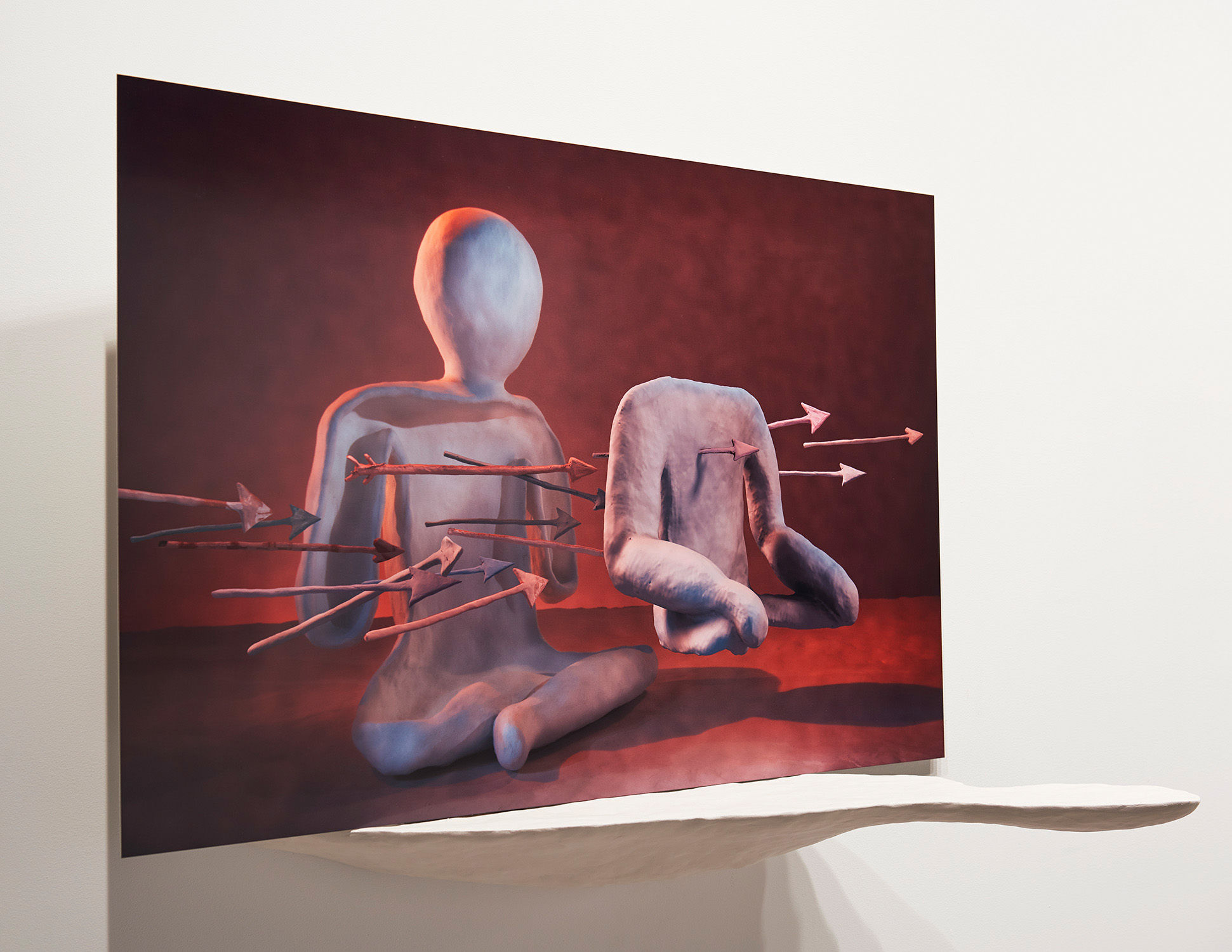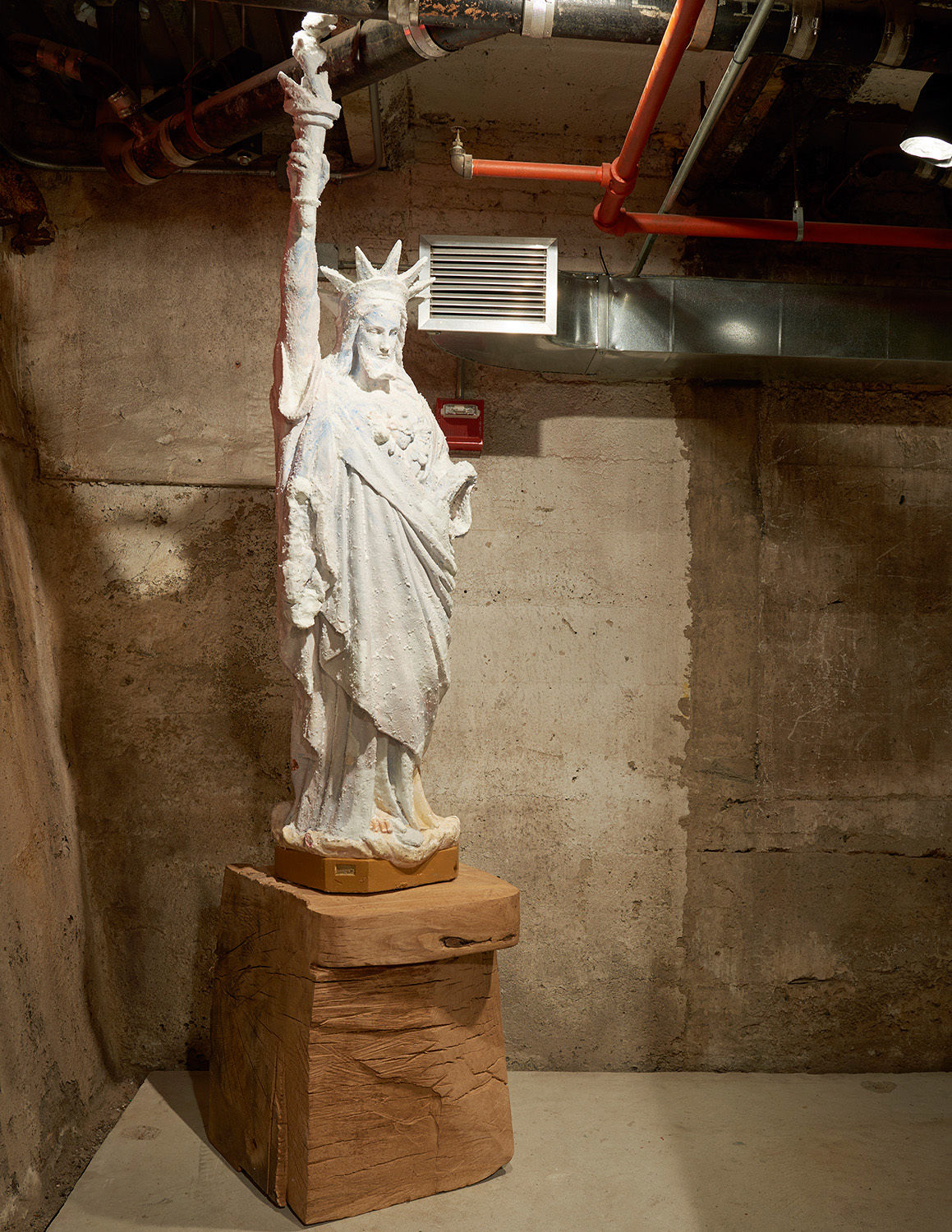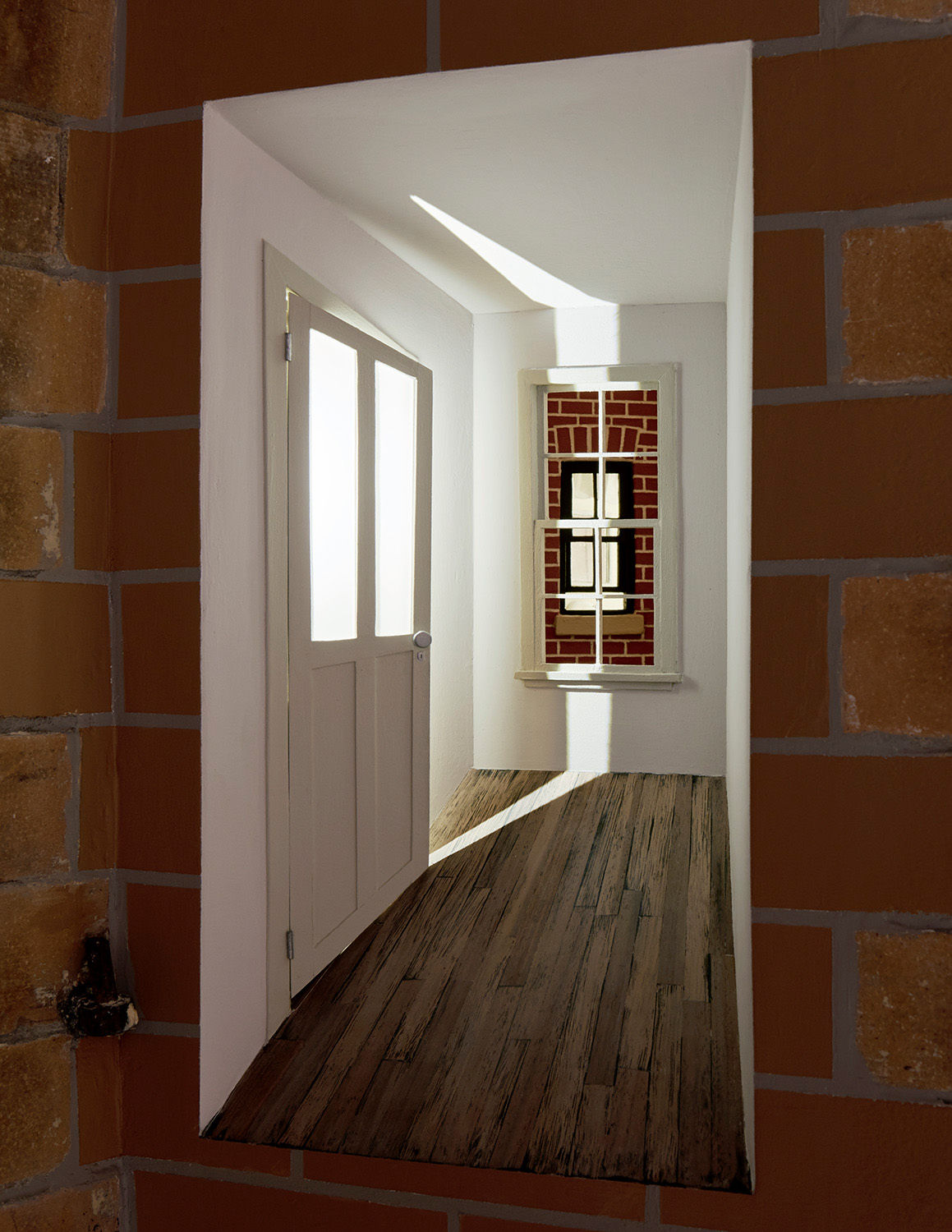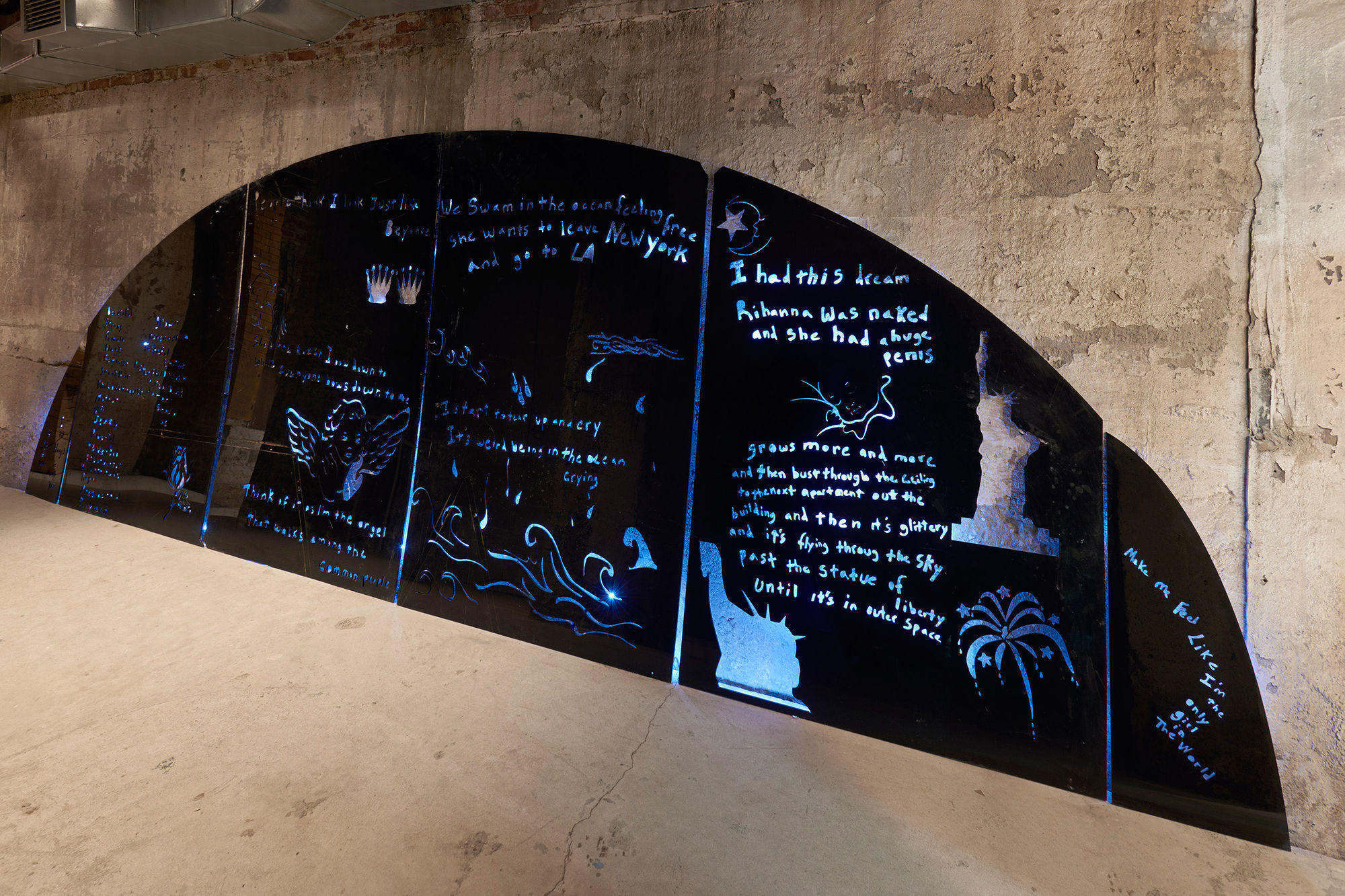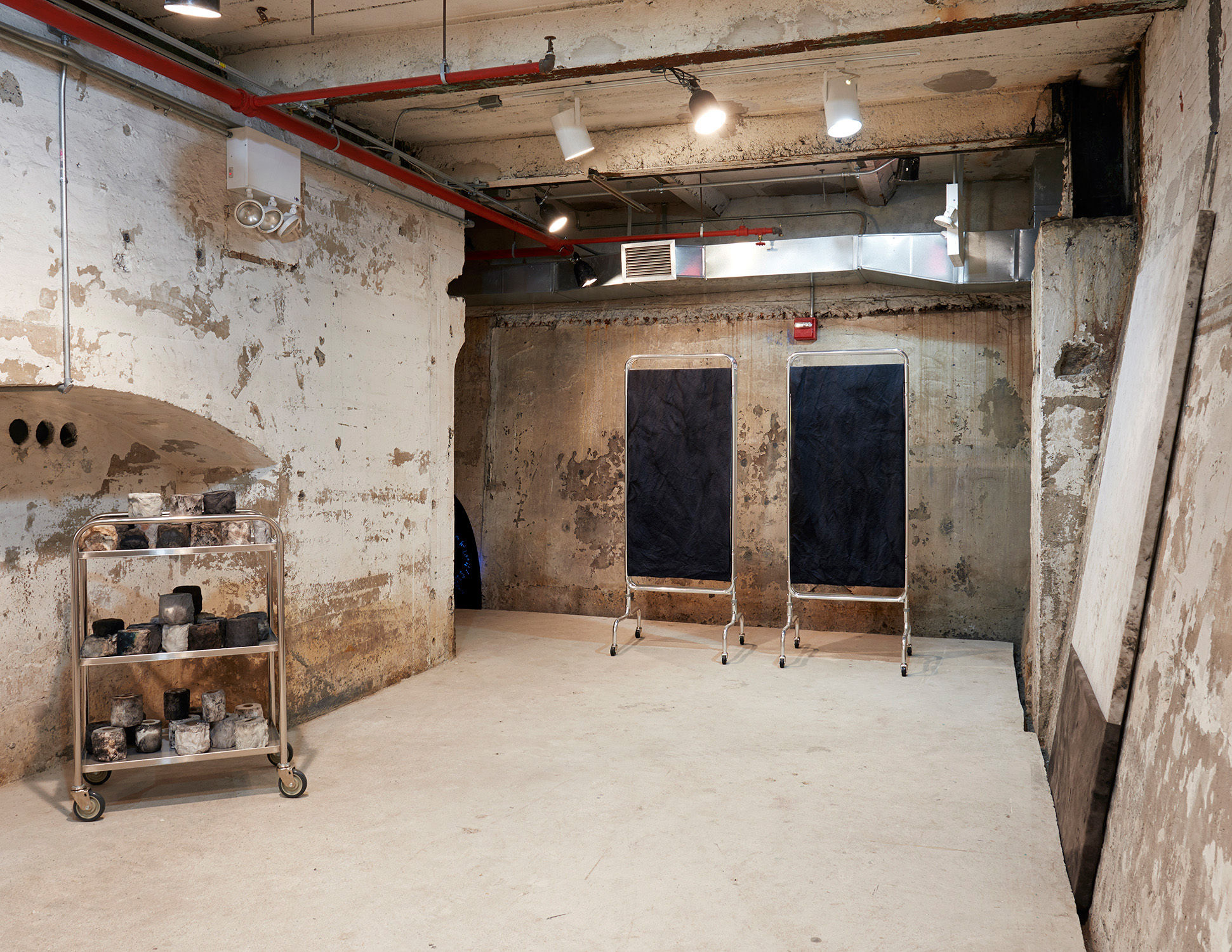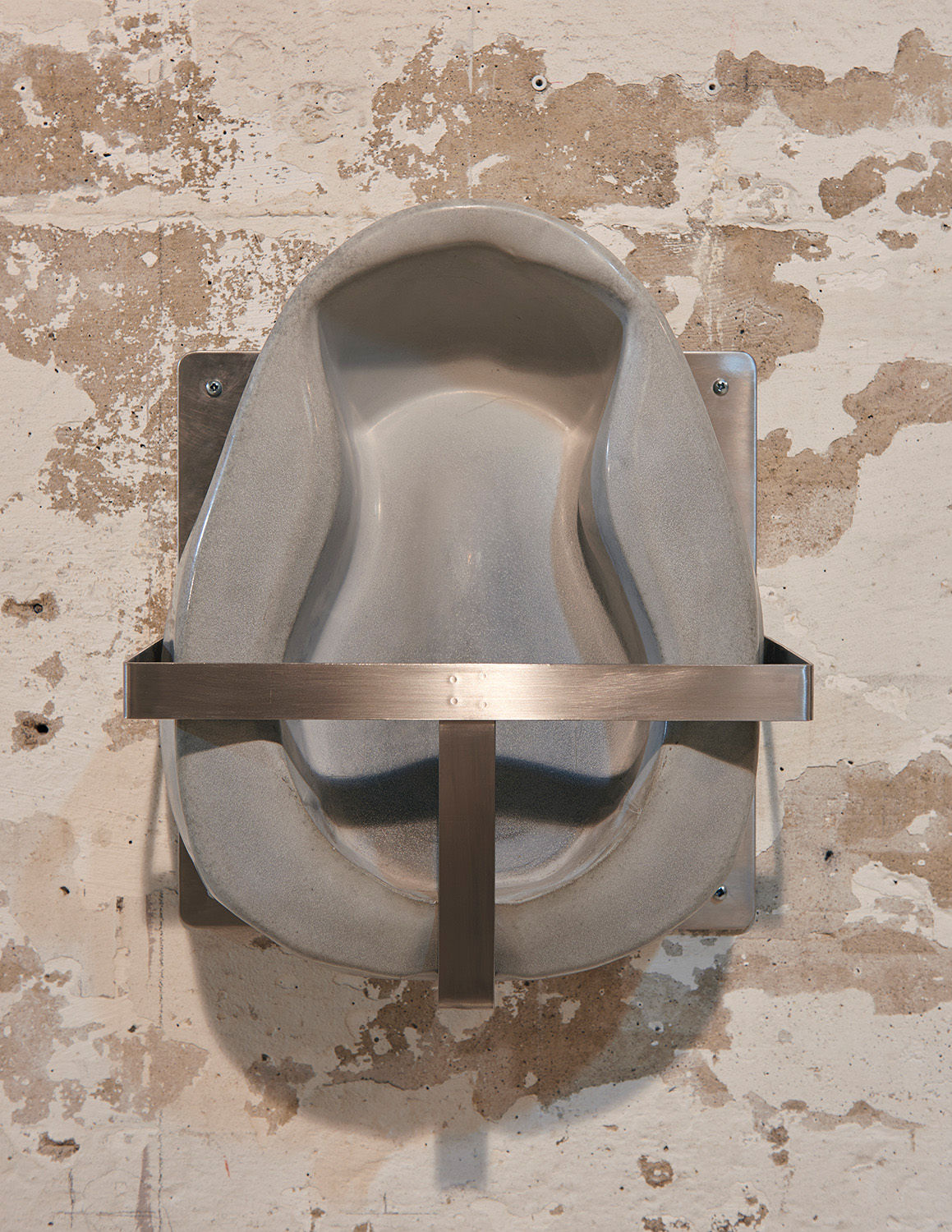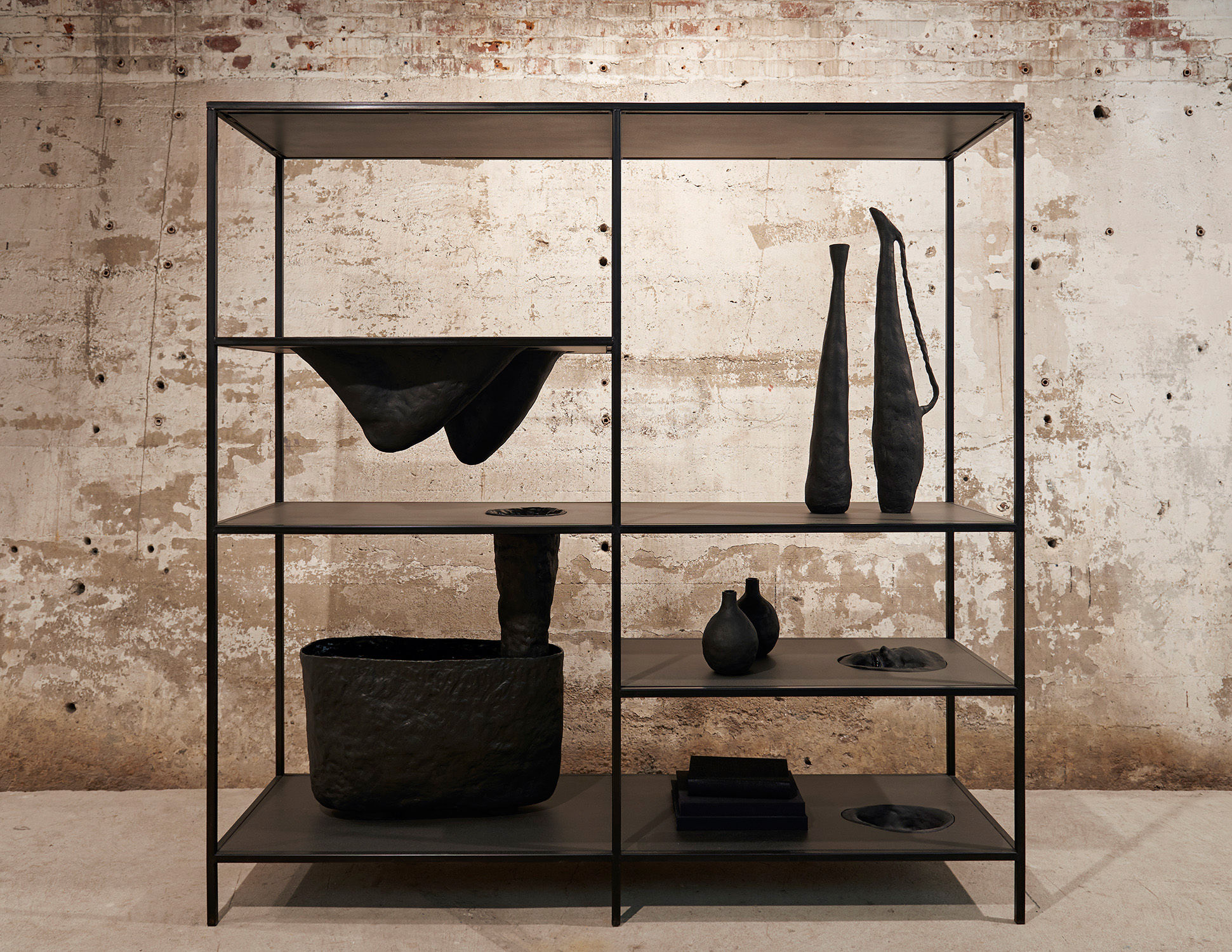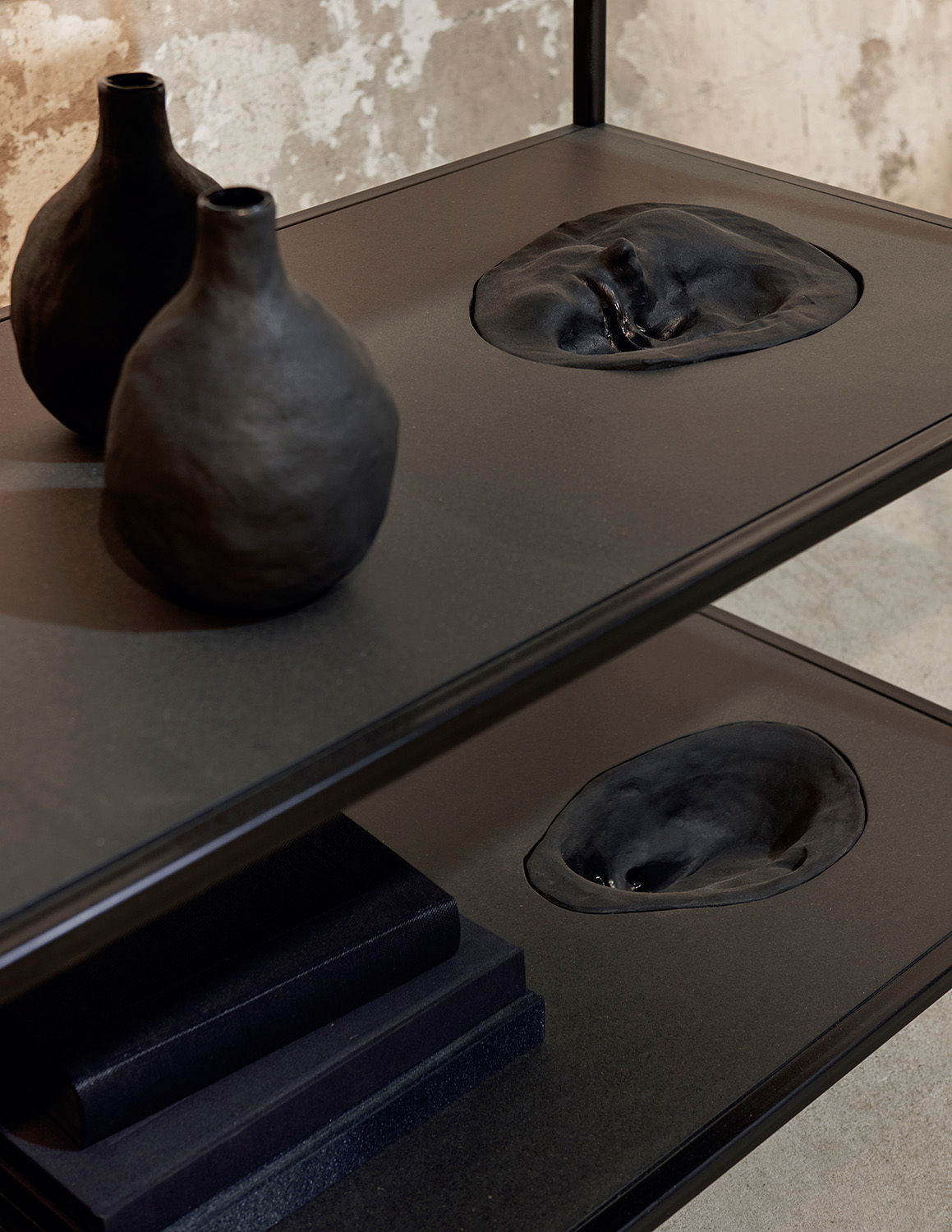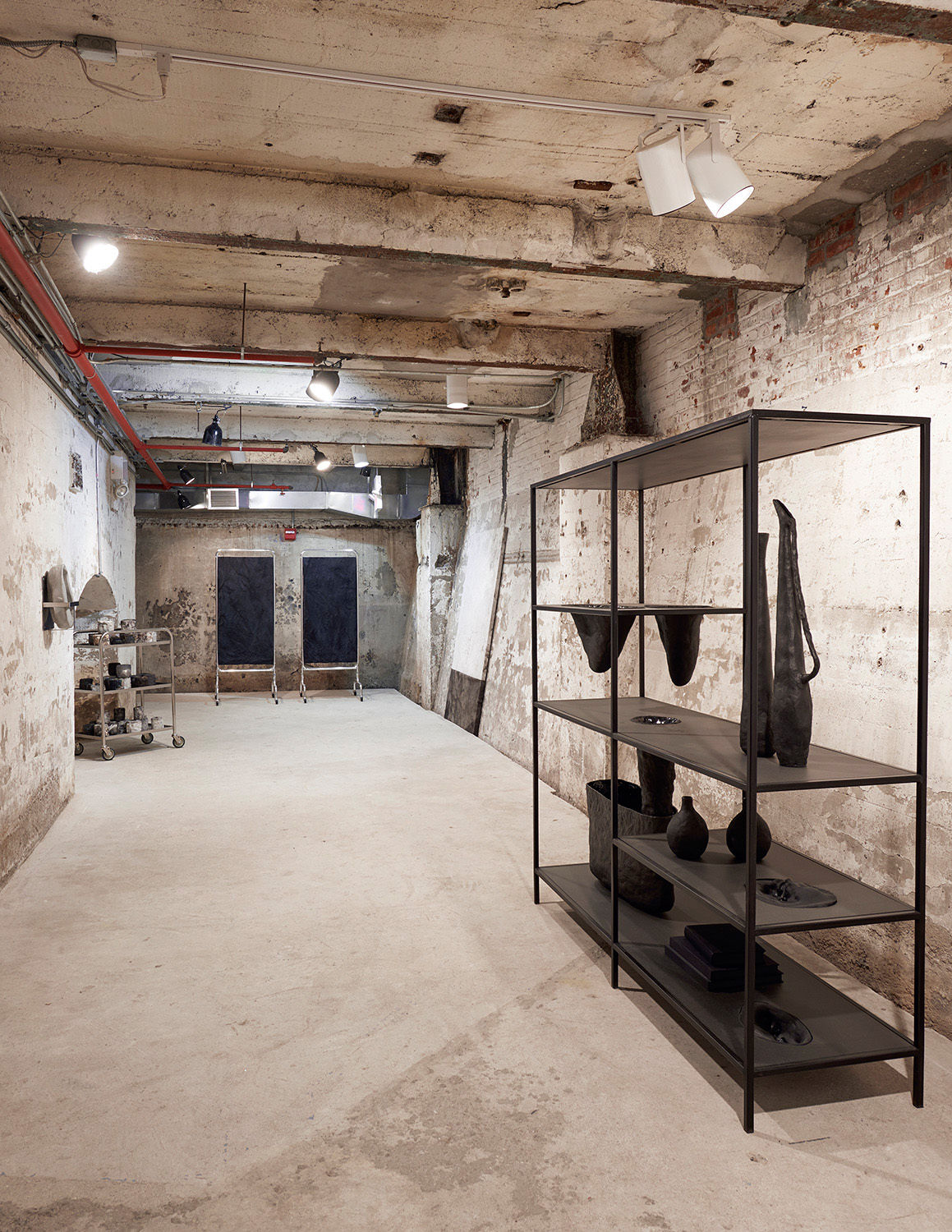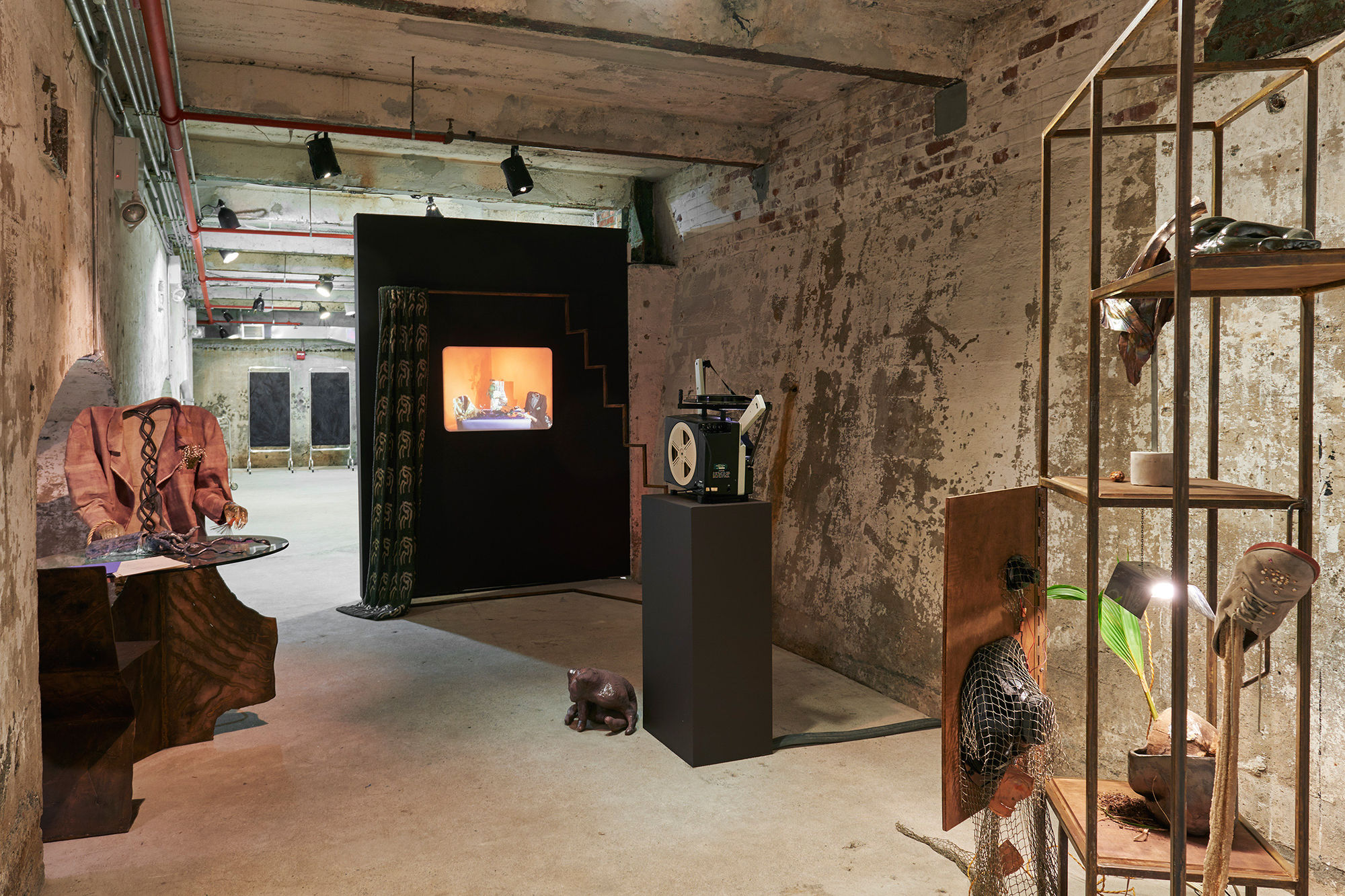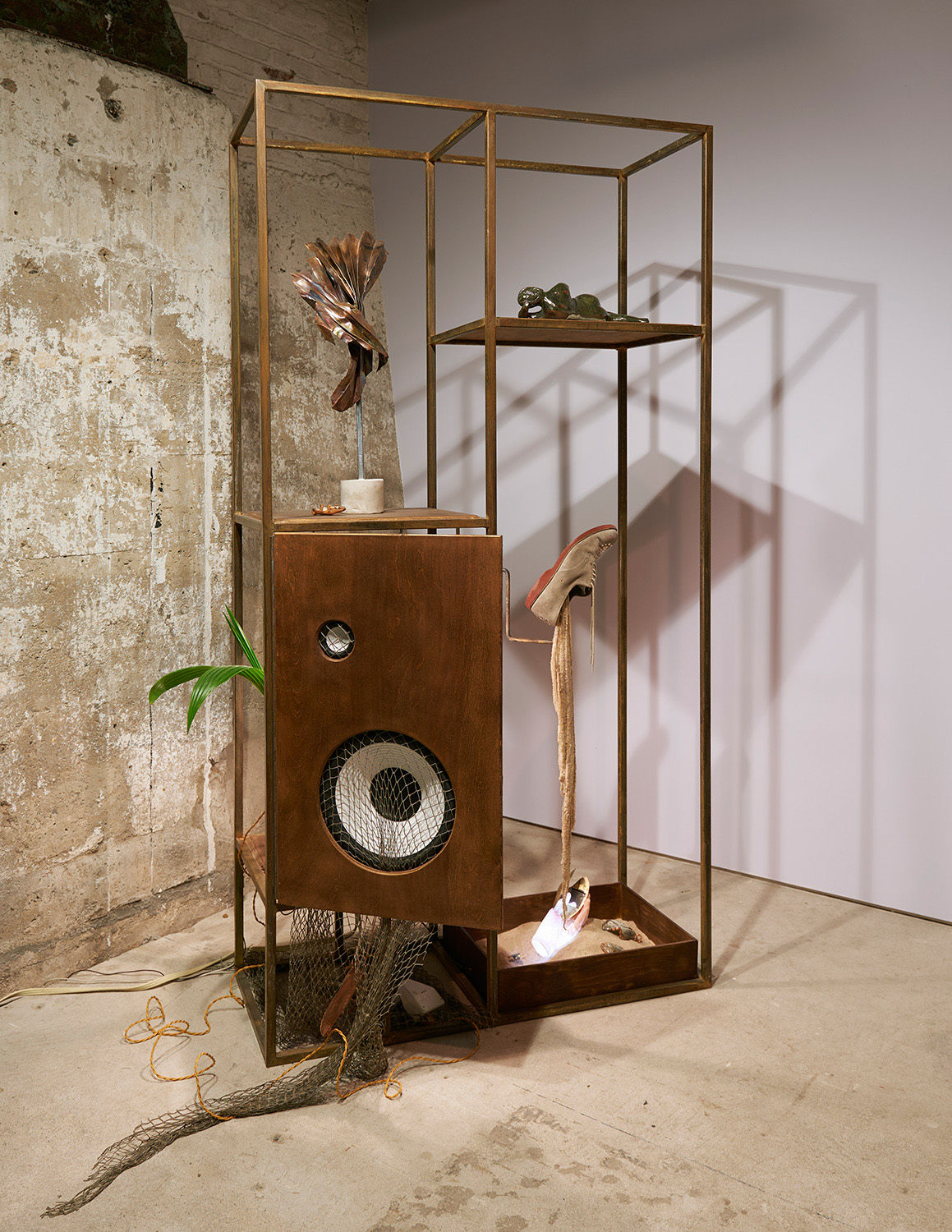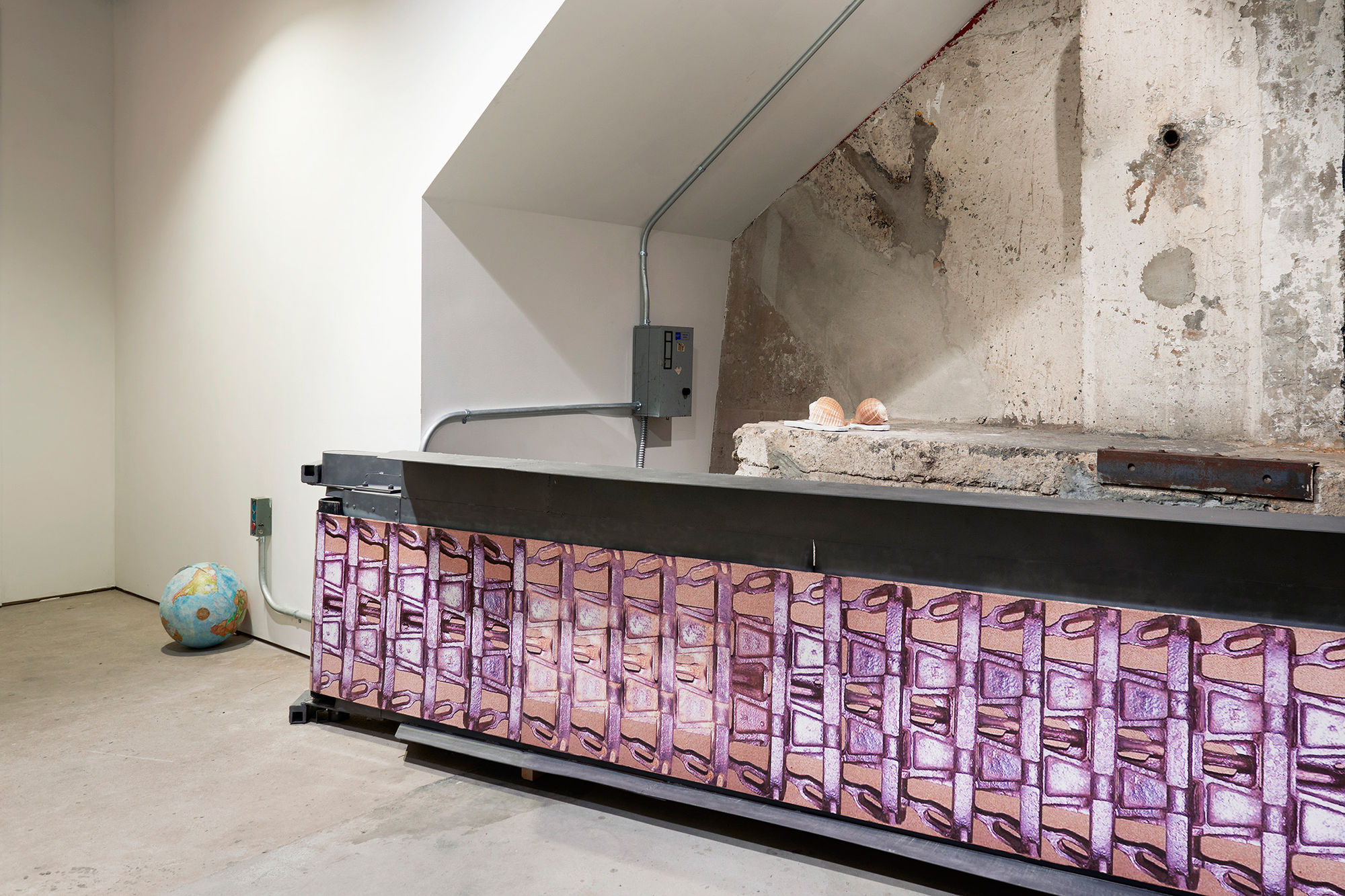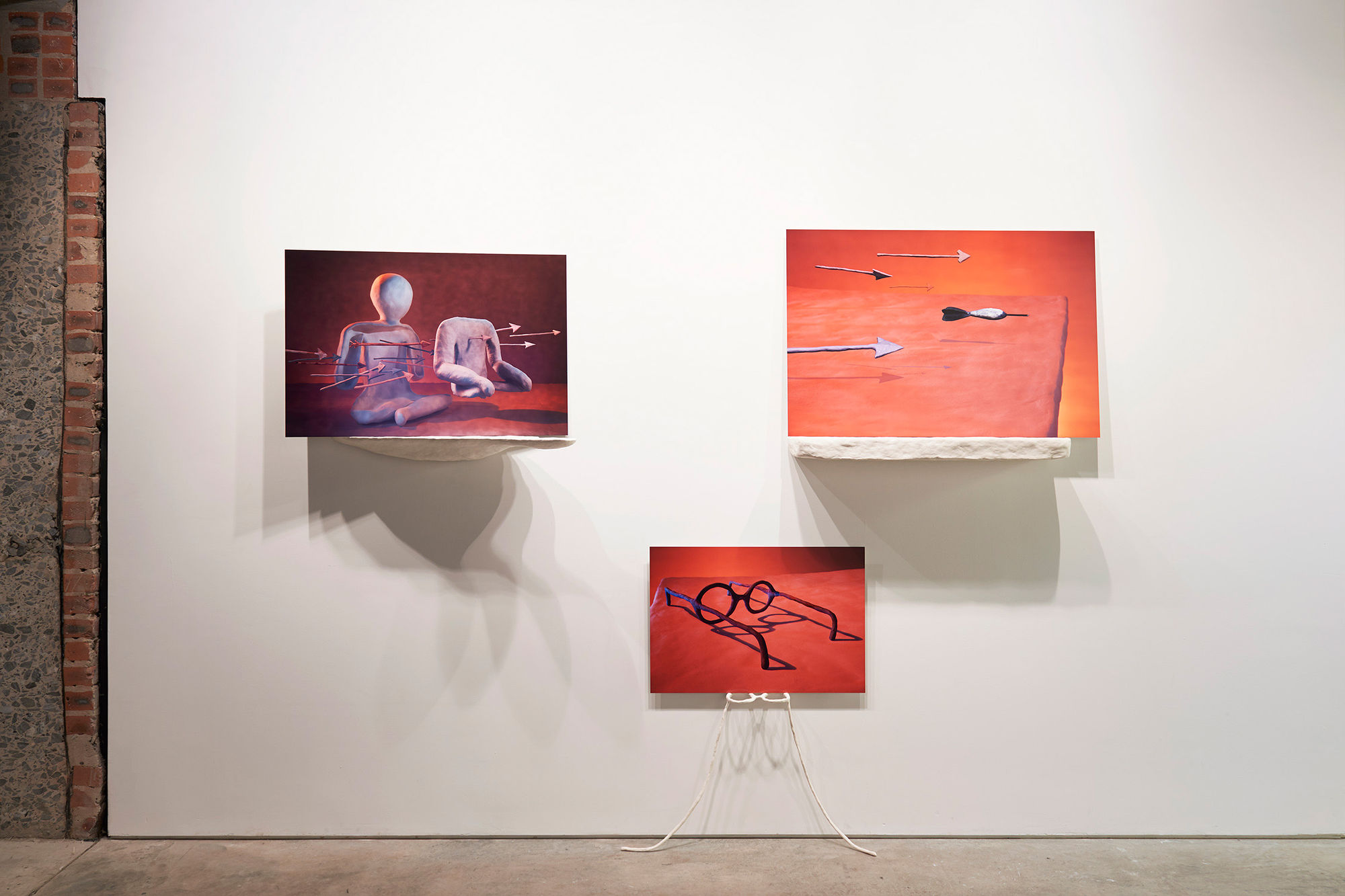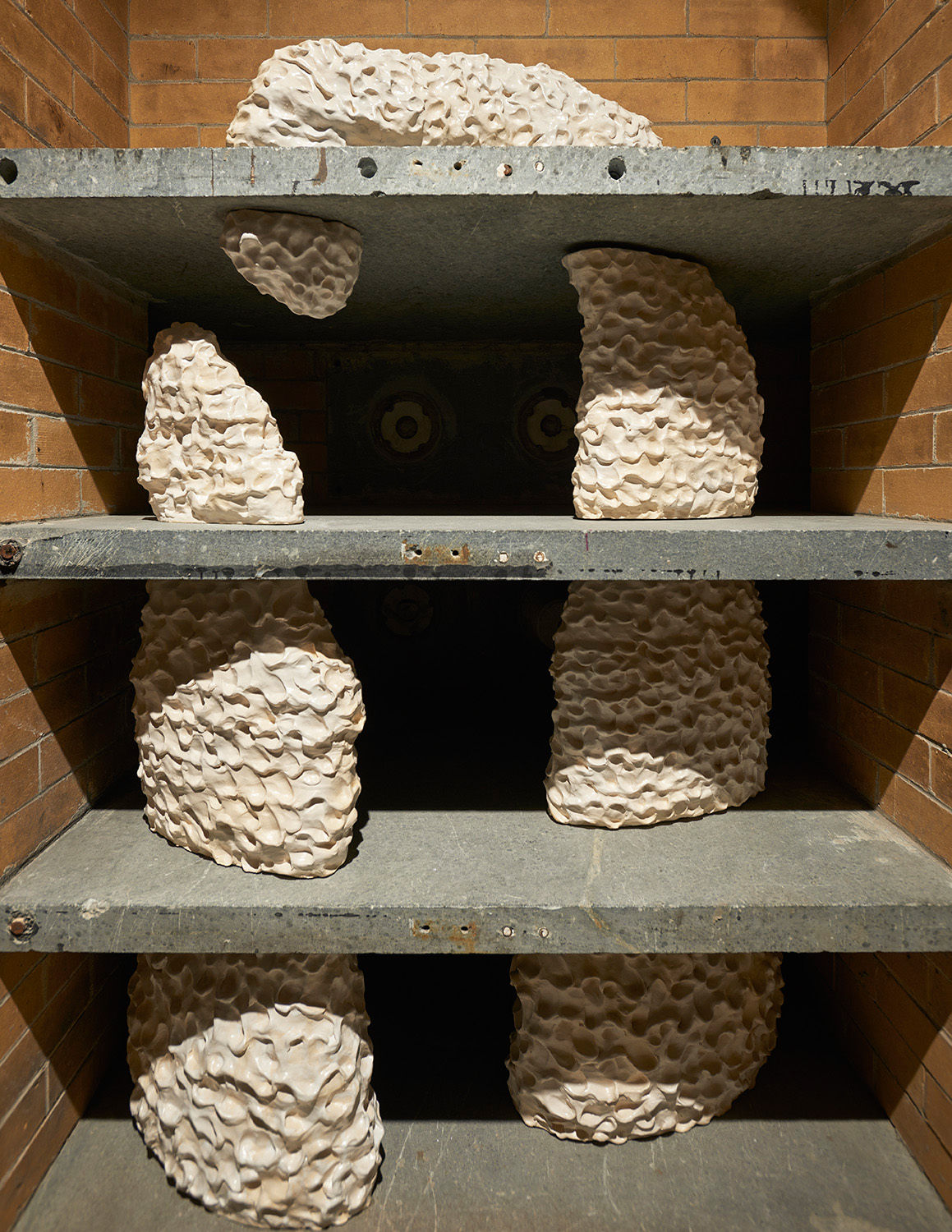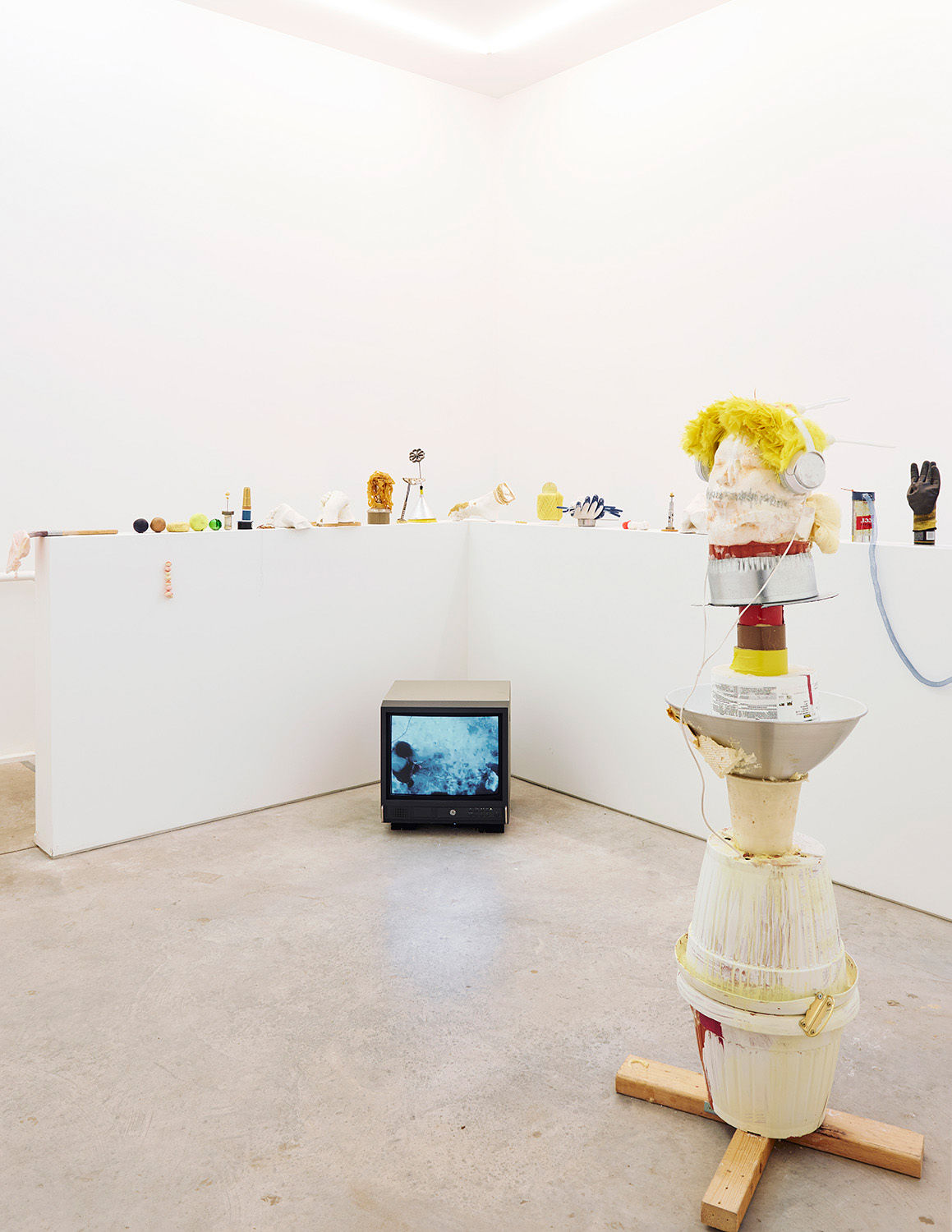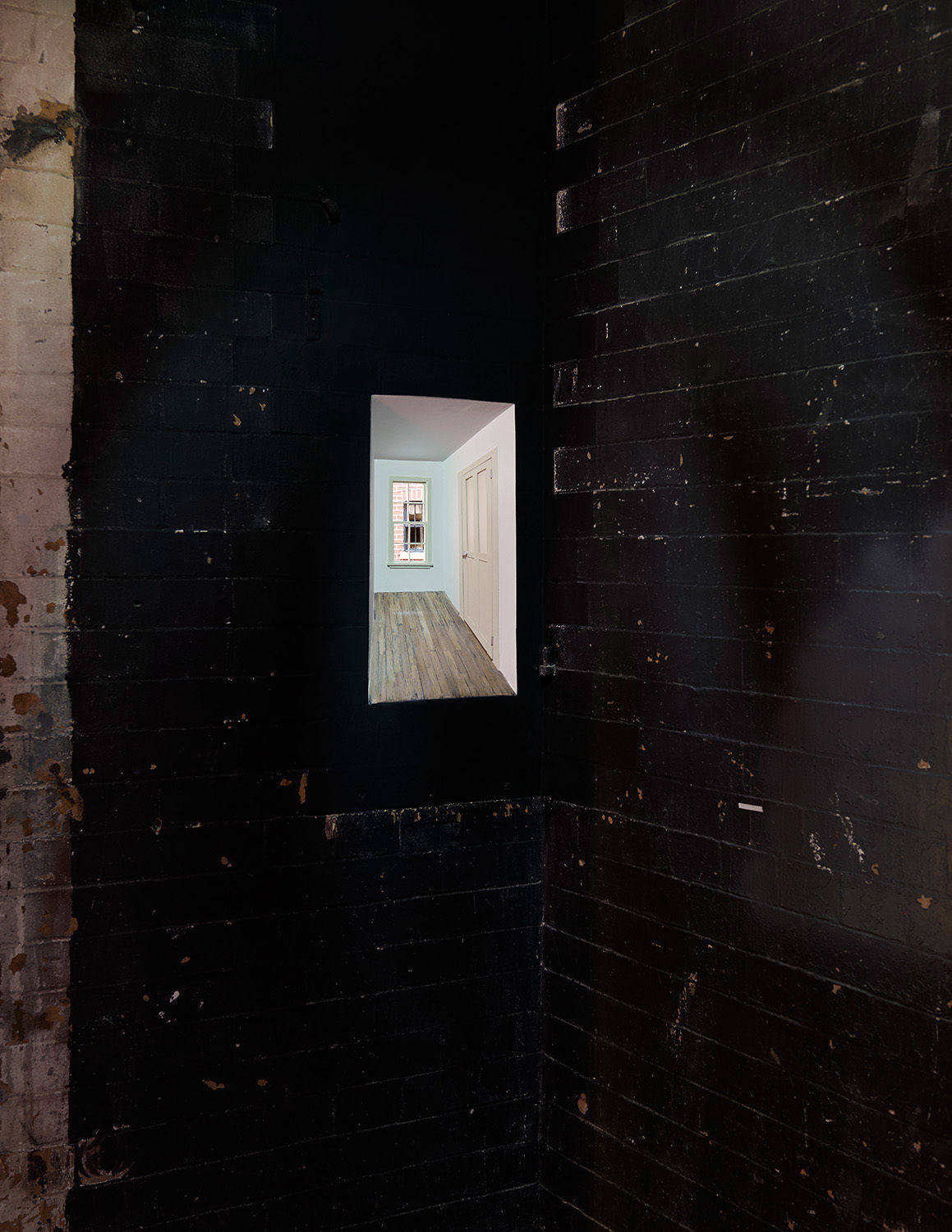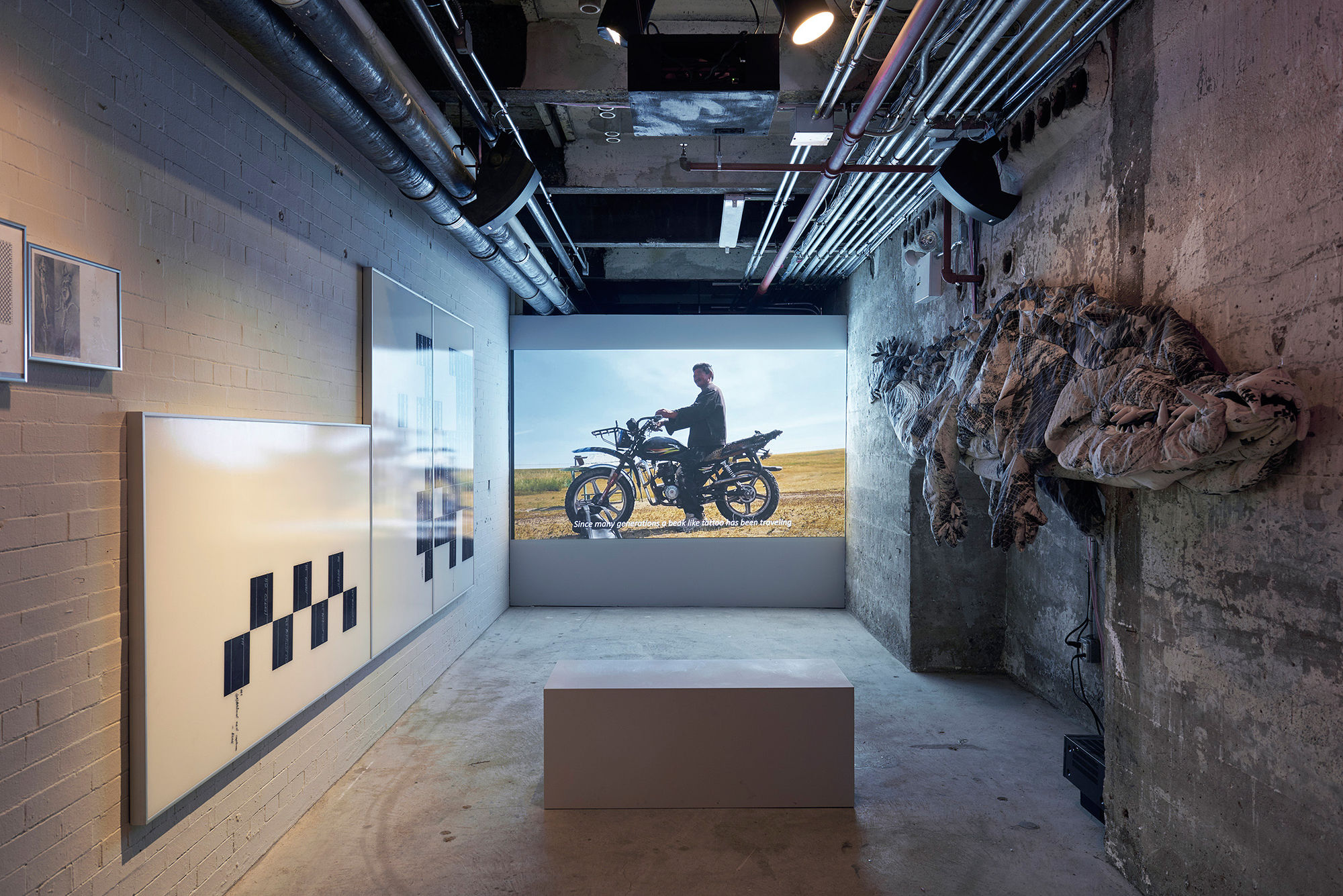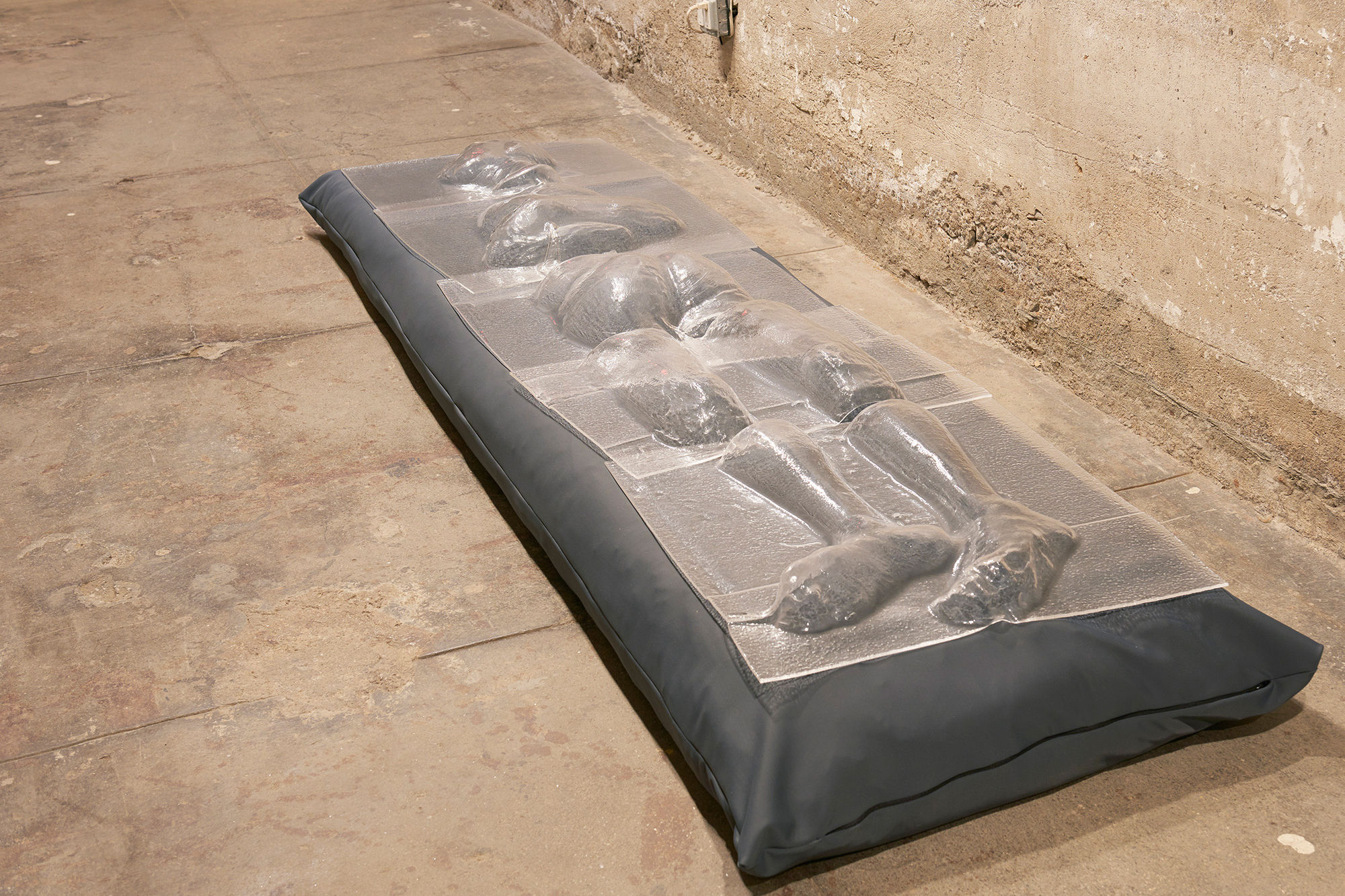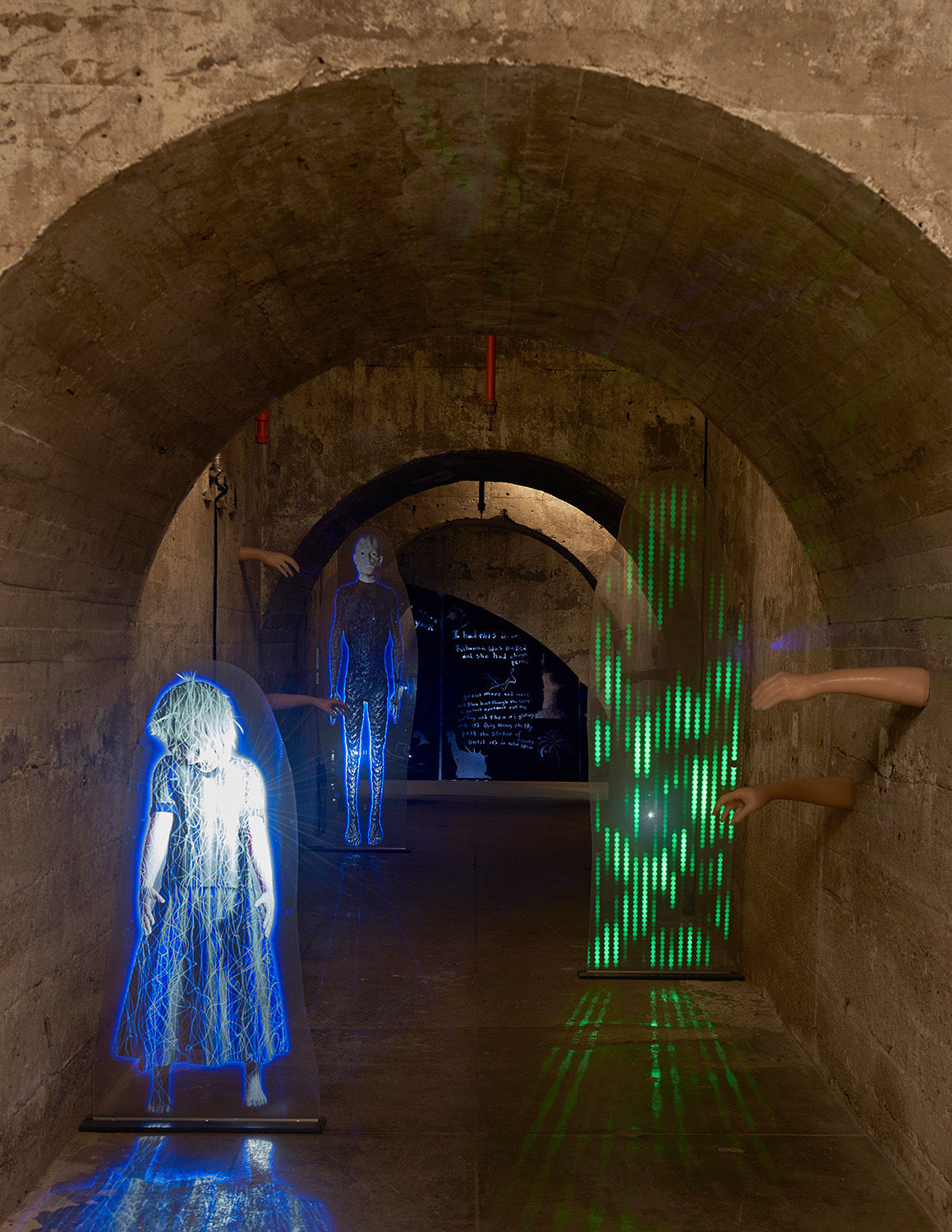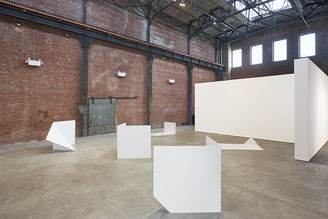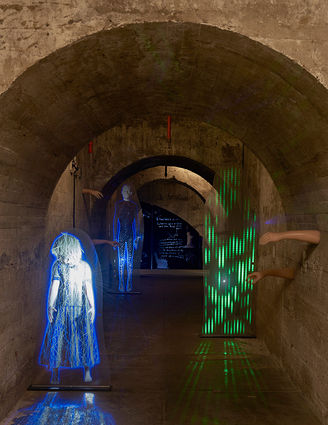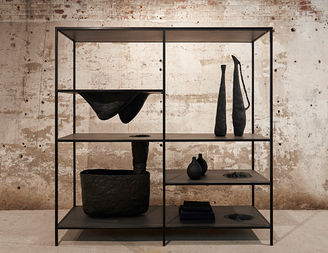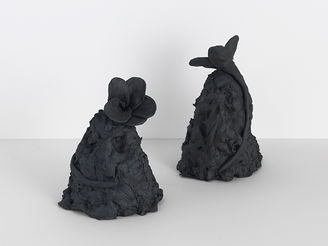The title of this exhibition, taken directly from Freud's lecture on dreams, is a sentence stopped midway. He completes the thought by stating that the creative process of the mind can only regroup elements from already existing sources—that any one creative fantasy is a work of translating what one knows of reality into an imaginary space. The exhibition, organized from proposals for new work submitted through SculptureCenter's annual open call, borrowed from the operation of the dream composite—what Freud termed "condensation"—to foreground practices that employ the means of combining and blending often contradictory elements into a collective image. The artists in the exhibition each proposed fantastical places or narratives that were differentiated by distinct material approaches.
If the purpose of recreating fantasies of one's psychic life is to tease out questions of being, the exhibition's composed scenes are a result of an almost obsessive inner-directedness. Whether cast, traced, projected, or fragmented, the self is designated as the site and source of formation, assuming various forms and gestures that are both physically absolute and psychologically uncertain. When inclined to ascribe a specific meaning to the work, the concept of the composite serves as a reminder that visual representations are mental acts of transformation, distortion, and abstraction of our many thoughts, memories, and desires. These assemblages of artistic wit—a blend of fragments that comprise a larger composition—unprivilege the notion of an exclusive object and instead seek to propose connections between multiple elements in an effort to offer clues to scenarios that appear unequivocally bizarre.
Featuring newly commissioned works by Christopher Aque, Philip Birch, Onyedika Chuke, Jonathan Ehrenberg, Tamar Ettun, Raque Ford, Jeannine Han, Elizabeth Jaeger, Meredith James, Jamie Sneider, Patrice Renee Washington, and Tuguldur Yondonjamts.
Mining the way one's fantasy directs desire toward the setting and not the object, Christopher Aque's life-size glass form and an accompanying video work depict scenes of male cruising at the site of the new World Trade Center; Jeannine Han presents a tableau vivant, accompanied by a 16mm film, made in collaboration with Daniel Riley, as a mise-en-scène of subjects and symbols that get suspended in a space that's real and oneiric; Meredith James invites viewers to inhabit scenes of altered perception where everyday objects of use are utilized as placeholders for scenographic dioramas. Proposing a multi-dimensional self, Phillip Birch's projected hologram actors are in many ways an extension of the artist and a visualization of a split-subject while Jonathan Ehrenberg's video narrative is a representation of a first and a third person's recurring dream scenario structured by the formal device of the loop; Patrice Renee Washington inserts two four-part white ceramic forms into cavernous shelving units, implying a literal fitting in and a plural makeup of being. Proposing narratives culled from multiple sources, Onyedika Chuke maps a specific period of war by situating separate occurrences that took place at the time and the geographical location of conflict; Tamar Ettun presents colorful site arrangements of cast limbs and repurposed objects that diverge the mental impact of trauma; Raque Ford's polyptych plexiglass panel reveals an enigmatic narrative of a sexual encounter between two famous female personas told through laser cut imagery and handwritten lyrics; Tuguldur Yondonjamts combines elements of mythos and the real in a dislocation and mapping of subjects who get suspended in time and across the continental space. Works structured by the mental act of recuperation are Elizabeth Jaeger's arrangement of deep ceramic vessels on steel shelving structures that the artist perceives as psychological containers of physical conditions brought upon by the mind, as Jamie Sneider's composed scene of steel and aluminum medical equipment and dyed paper and textiles wavers between a suggested absence and an influx of activity.
Curated by SculptureCenter's 2016 Curatorial Fellow Olga Dekalo. The exhibition catalog can be viewed online or purchased in our Store.
Performance Program
Saturday, May 28 at 5pm; Sunday, June 12 at 3pm; Saturday, July 16 at 5pm; and Sunday, July 31 at 2pm
Phillip Birch's presentation of The Oubliette, on view in In Practice: Fantasy Can Invent Nothing New, examines the rising rates of schizophrenia and psychosis in a not-so-distant future where Vivisystems have eroded the last distinctions between the biological and the technological. A series of on-site performances by Birch will outline the history of this technological epoch and examine the etiology and pathophysiology of schizophrenia and its corollary to a position that has been described as After the Flesh.
